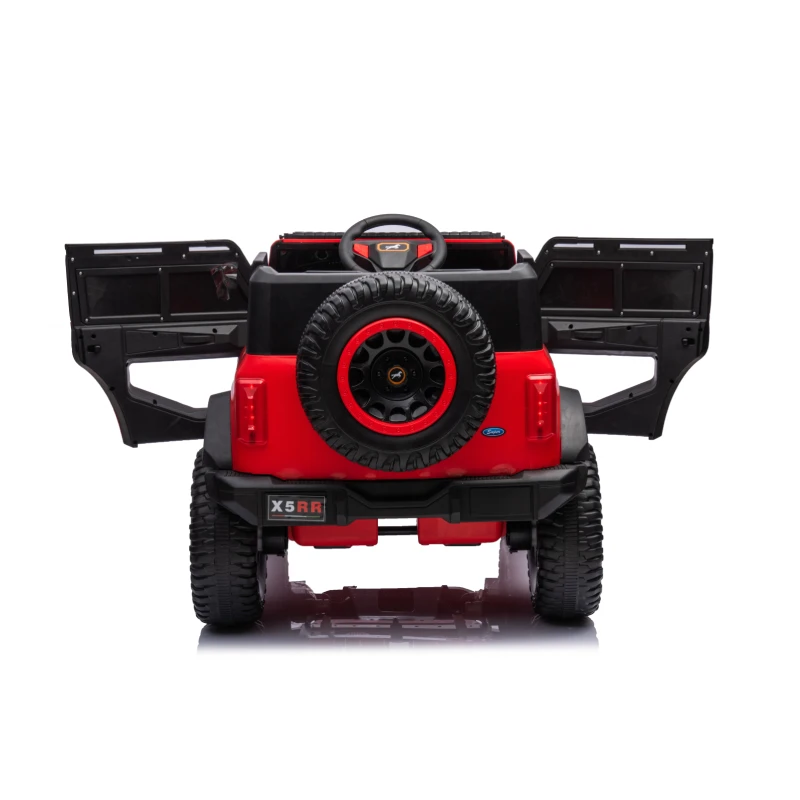Ideal Battery Choices for Kids' Electric Ride-On Cars
Choosing the Right Battery for Children's Motorized Cars
Motorized cars for children have become increasingly popular as they provide a fun and exciting way for kids to explore their surroundings. However, one of the most critical components of these miniature vehicles is the battery that powers them. Selecting the right battery can significantly affect the overall performance, safety, and longevity of the car. This article delves into the various aspects of choosing the ideal battery for children's motorized cars.
Types of Batteries
Most children's motorized cars use two main types of batteries lead-acid batteries and lithium-ion batteries
.1. Lead-Acid Batteries These are the traditional choice for many battery-powered toys. They are relatively inexpensive and widely available. Lead-acid batteries are sturdy and can handle rough use, making them suitable for younger children. However, they tend to be heavier and bulkier, which can affect the car's speed and maneuverability. Additionally, they have a shorter lifespan and need to be replaced more frequently.
2. Lithium-Ion Batteries These are becoming the preferred option for modern motorized cars due to their lightweight nature and superior performance. Lithium-ion batteries have a higher energy density, which means they can store more power in a smaller package. This translates to longer run times, faster charging, and less frequent replacements. They are also less prone to leaking and can withstand a wider range of temperatures, enhancing safety.
Capacity and Voltage
battery for children's motorized car

When selecting a battery, it's essential to consider its capacity (measured in amp-hours, or Ah) and voltage. The capacity determines how long the car can run on a single charge, while the voltage affects its speed and performance. For example, a 6V battery is typical for smaller, slower cars, while larger, faster cars might require 12V batteries to operate efficiently. It’s crucial to choose a battery that matches the voltage requirements specified by the manufacturer to ensure optimal performance.
Safety Considerations
Safety should always be a priority when choosing a battery for children's motorized cars. Look for batteries that have built-in safety features, such as overcharge protection, short-circuit protection, and thermal management systems. Properly following charging guidelines and supervision during operation are vital. Parents should educate their children about safe usage practices to prevent accidents.
Maintenance and Care
Maintaining the battery properly can extend its life and ensure safe operation. For lead-acid batteries, it’s essential to check the electrolyte levels regularly and clean the terminals to prevent corrosion. For lithium-ion batteries, avoid fully discharging them before recharging and store them in a cool, dry place when not in use.
Conclusion
In conclusion, choosing the right battery for children's motorized cars is essential for enhancing their experience and ensuring safety. By understanding the differences between battery types, considering capacity and voltage, prioritizing safety, and maintaining the battery well, parents can help their children enjoy countless hours of fun in their motorized cars. With the right battery, these miniature vehicles can be a fantastic addition to any child's playtime, providing them with both excitement and skills in steering their very own car.
-
Understanding Voltage in Battery for Children's Motorized CarNewsJun.05,2025
-
Safety Features to Look for in an Electric Car for KidsNewsJun.05,2025
-
How to Teach Your Child to Ride a Kids MotorcycleNewsJun.05,2025
-
How to Prevent Falls on a Balanced ScooterNewsJun.05,2025
-
How to Maintain Your 3 Wheeled Scooter for LongevityNewsJun.05,2025
-
Best Motorcycle Scooters for Urban CommutingNewsJun.05,2025
